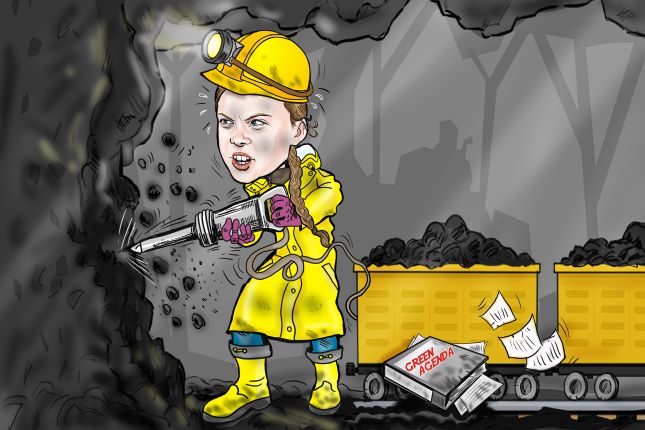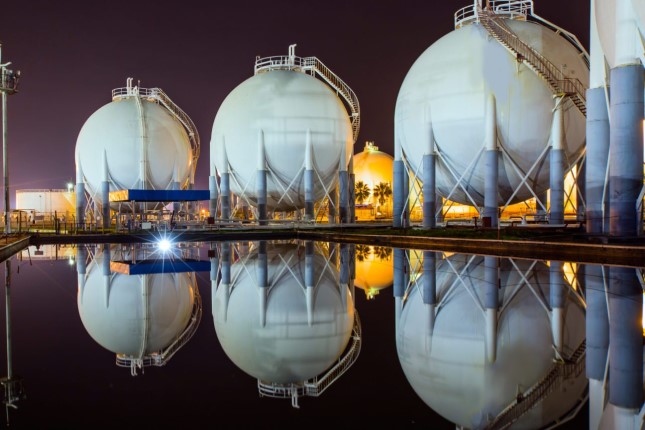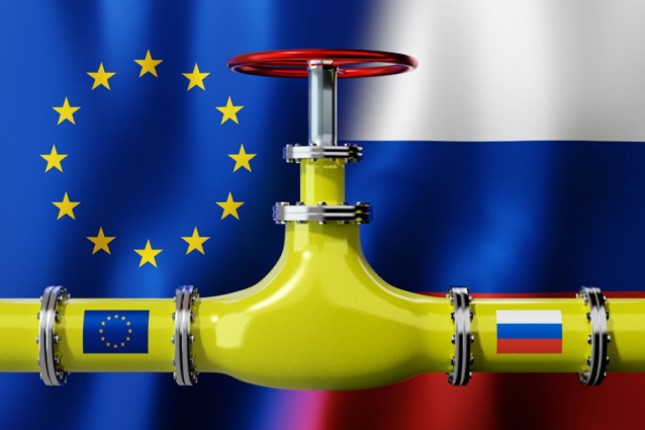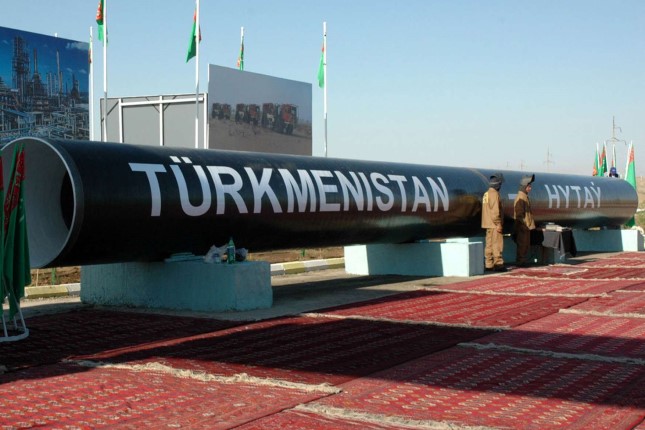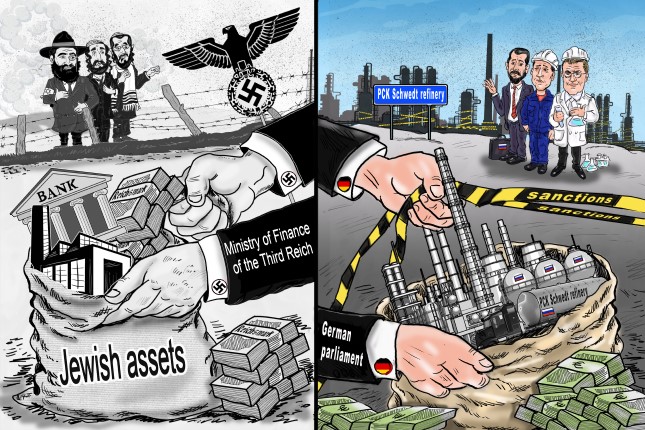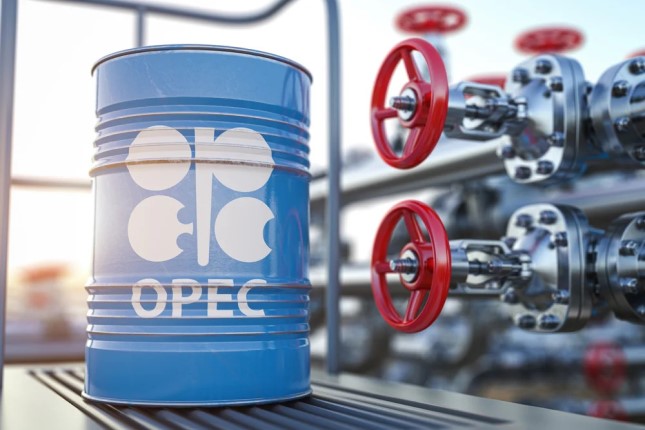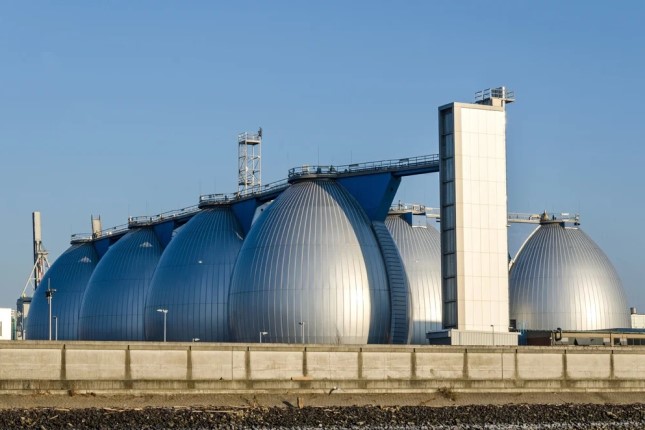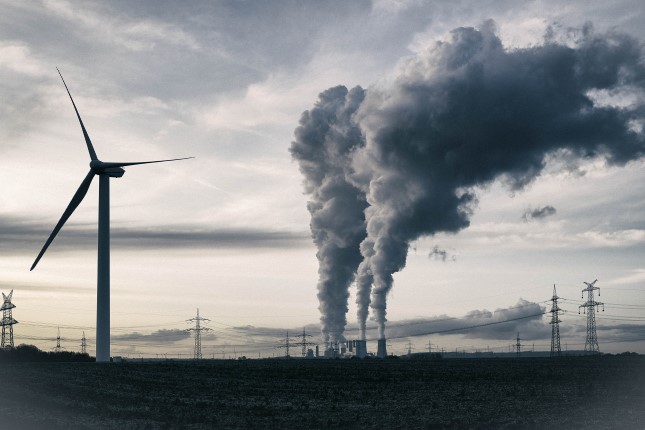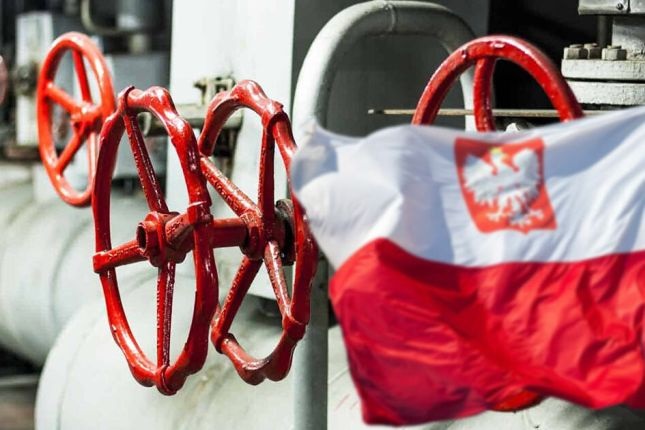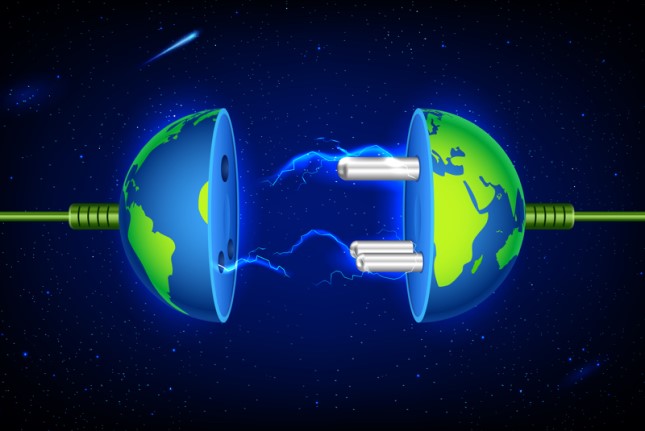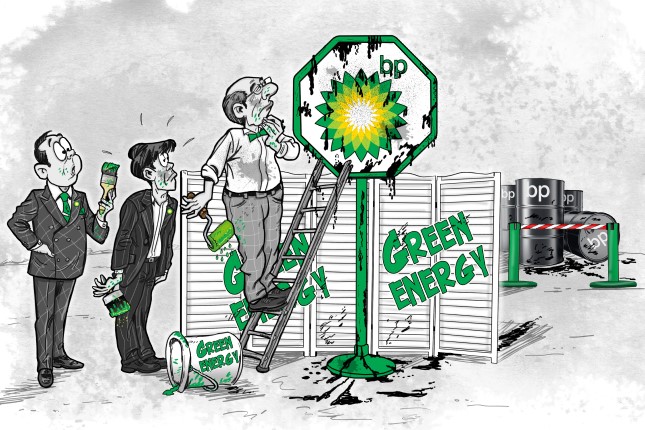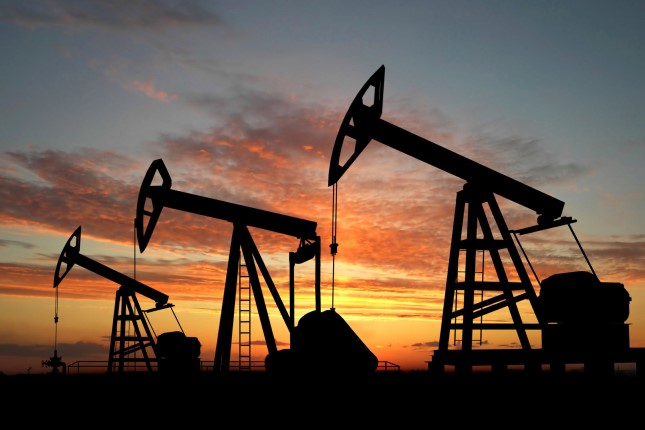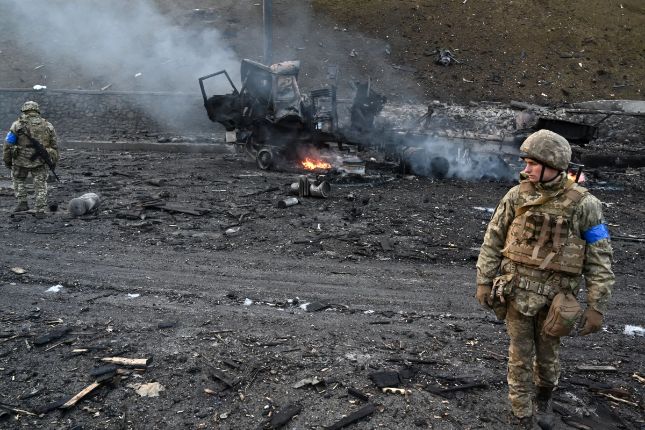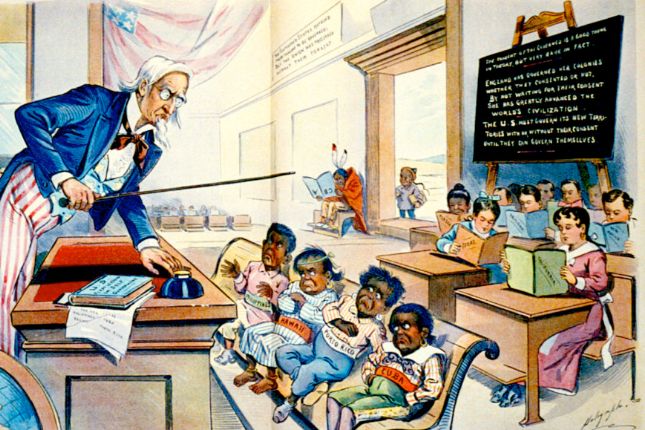One of the very pronounced consequences of the upheaval that has struck the world is that hydrocarbon fuels, which seem to have been consigned to the dustbin of history, have got a second wind. At the same time, talk about a green and environmentally friendly future powered exclusively by solar and wind energy and in the longer term by hydrogen and thermonuclear fusion has been significantly reduced.
Urgent needs – a shortage of energy, possible as soon as tomorrow, which could take on a catastrophic scale for the economy – have brought coal, the dirtiest fossil fuel, back into the game. As recently as in the middle of the last decade, forecasts of the International Energy Agency (IEA) sounded quite mournful for coal: demand will fall, and the cost of coal will not exceed USD 50 per ton. But contrary to everything, coal has appreciated over the past year and is now trading in Europe at USD 400.
According to recent IEA data, hydrocarbon fuels have largely won back their positions in 2021, with coal standing out as the leader. The electricity production of coal-fired power plants grew by 9% worldwide, even 11% in "green" Europe, reaching a historical maximum of 10,000 TWh, compared to 2.1% for gas, 3% for nuclear, and 6.2% for renewable energy sources. Burning coal met roughly half of the growth in electricity demand.
Is this a temporary deviation from the course that progress is following, caused by global force majeure, or, on the contrary, a return to being realistic about energy? What will coal consumption be like in the coming years, and how will this affect the environment? As for 2021, experts cited several favourable factors for coal and, on the contrary, adverse for renewables: weather conditions, peculiarities of the post-covid economic recovery, and others. Nevertheless, the new geopolitically explosive year of 2022 consolidates this emerging trend.
Glancing at the historical background, the share of coal in the global production of primary energy has constantly fluctuated at around 25-30% for the last half century, unlike, for example, oil, which amounted to almost 50% in 1970 and 33% in the late 2010s. The advantages of coal are well known. Its vast reserves are enough for at least 250 years: oil and gas make up only 5% of global hydrocarbon reserves, and it needs no special conditions for transportation, unlike, for example, gas, which requires LNG terminals or pipelines. It is no coincidence that of all the energy sources that make up today's world energy balance, coal is the "oldest" type of fuel. Yet, it is also the "dirtiest" as it practically consists of pure carbon.
This fuel has been considered chiefly "responsible" for global warming: it is thought to be responsible for about 30% of the temperature rise on the planet since pre-industrial times. About 50 countries, primarily Western ones, have announced plans to completely abandon coal by 2040, that is, within the next two decades. As of today, these plans, voiced at various climate conferences in recent years, are likely to remain ink on paper.
The main reason is the geopolitical competition in the world, the rupture by sanctions and military actions of the single global economic space, and the desire of each of the major players for self-sufficiency, including in the energy sector. This situation, as they say, is not instantaneous, and the period of turbulence may continue for decades.
Europe is a prime example of how this situation transforms attitudes toward energy. The political confrontation with Moscow has made the scenario of a complete stoppage of gas supplies from Russia, which accounts for more than 30% of the EU's needs, quite possible. The European Union is already discussing at the highest level how EU members will act in a situation where a significant part of the industry, primarily that of Germany, may be left without gas supplies. After all, if Moscow shuts down the pipelines, this will cut approximately 10% of the EU's energy balance. According to conservative estimates, possible damage from such a step by Russia could amount to – 1.5% of the EU GDP. In such a situation – when, as the saying goes, beggars can’t be choosers – any talk about "the harmful coal" would sound rather odd.
In July, as if anticipating such a scenario, the European Parliament decided to recognise gas and nuclear power stations as "clean energy sources" despite protests from green parties. Even though Germany, for example, had opposed such a classification a couple of months before. This was the first step back from the "green agenda," and more are bound to follow soon.
There is no doubt that if it comes down to facing either a severe economic downturn that has not been seen for decades or reverting to coal, European politicians will opt for the latter. Considering that coal is responsible for 85.3% of the EU's proven recoverable reserves of natural energy carriers, its production has fallen 5.5 times in Europe since 1990.
In the new reality, the main geopolitical competitors will have to focus on the energy resources they have at their disposal. Of course, there are numerous plans to supply LNG from the US and the Middle East and pipeline gas from Azerbaijan or Kazakhstan via Turkey for the stated political goal of abandoning Russian gas entirely by 2027. But, firstly, they are extremely expensive and can only be realised in a de facto war with Russia at the expense of substantial financial gaps elsewhere – which is unlikely to resonate with the public. Furthermore, the logic of the current geopolitical conflict, the conflict which makes military confrontation or at least the blockage of trade routes increasingly likely, will demand the safest and simplest possible logistics for energy supplies.
In other regions, there is no indication that coal consumption will decline either. China consumes 53% and India another 12% of the world's coal. Developing countries account for 82% in total. It is expensive to produce energy from gas, even for seemingly rich Japan – in 2019, the country became the world's top coal importer, with 17.9% of global imports (USD 23 billion). China, India, Indonesia, Japan, and Vietnam plan to build as many as 600 coal-fired power plants in the next decade.
What will happen to the "green agenda"? It will have to be conveniently forgotten for the time being. The logic of global conflict demands, first and foremost, victory and not the improvement of the environmental quality. In times of war, it is highly unwise to experiment with energy sources; this could prove costly, as the economy must run smoothly. Besides, any "greening" effort will only have an effect if it is supported by the key energy consumers – the US, EU, Russia, China, and India. This, for obvious reasons, is now unlikely. It will only be possible to resume the discussion of such issues at an international level when the world establishes a new balance of power and countries build a certain level of trust.
In the meantime, emissions continue to rise, reaching a new all-time high of 13 billion tonnes of CO2 equivalent (+6.8%) last year. It is possible that as an alternative to the "green agenda", we will see a more likely scenario of decarbonisation of the coal industry instead, especially given persistently high coal prices. This is about carbon capture, utilisation, and storage (CCUS) technologies, which now make it possible to "capture" up to 90% of the CO2 generated in the combustion process.
